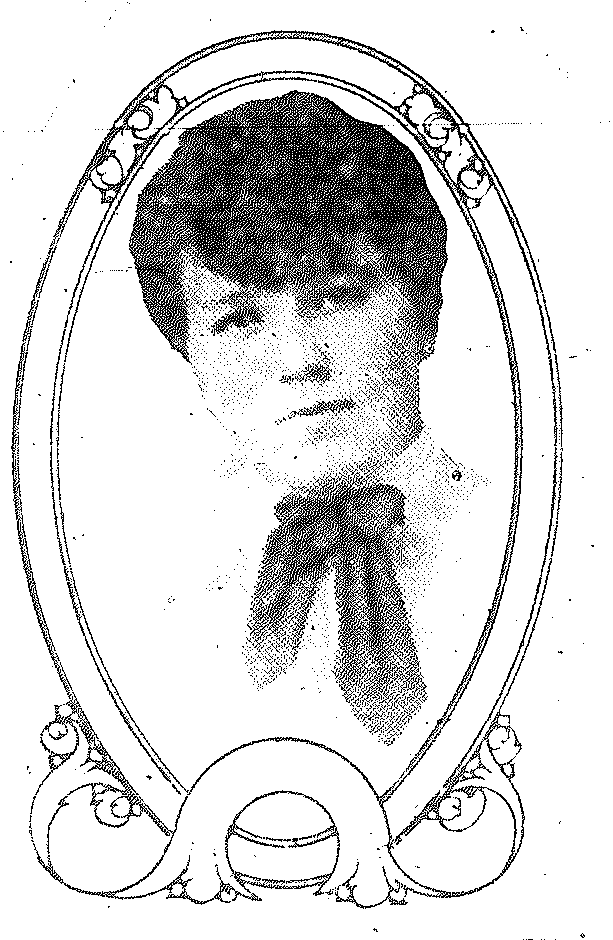
Mabel Sigstad who worked for a laundry company met a tragic death along with Ida, her sister and Frank Brant, a friend along the River Parkway November 3, 1916
by Sue Hunter Weir
On November 3, 1916, Ida and Mabel Sigstad were on their way home from a party in St. Paul in a car driven by E. C. Nelson. When Mr. Nelson turned onto the River Road and River Parkway, one of the car”'s rear tires slid over a ten-foot embankment and the car flipped, trapping the driver and its three passengers underneath it. Mr. Nelson lost consciousness; he woke on and off during the next four hours and called out to his passengers but got no response.
John Kelly, the night watchman at Lock and Dam #1 was on his way home from work at 7 o”'clock in the morning when he discovered the accident. He called several of his fellow workmen, and they were able to right the car and pull it off of the passengers. By that time, it was too late for Ida and Mabel and for Frank Brant, the other passenger in the car. They had smothered under the weight of the car.
Ida and Mabel were two of Ole Sigstad”'s four daughters. Ida worked as a clerk in a downtown department store, and Mabel worked for a laundry company. They lived with their father, a bricklayer, their mother and one other sister, Emma, at 5023 28th Avenue South. Their parents learned about the accident early on the morning after it occurred. Mrs. Sigstad had spent a sleepless night waiting for their daughters to come home and, according to the Minneapolis Tribune”'s account of the accident, woke up another of their daughters, Emma, and told her that she had a premonition that something was wrong””that she could hear her daughters groaning. Unable to sleep, Mrs. Sigstad was out working in her yard when she was notified of the accident.
By 1916, cars were no longer a rarity, but the cost of owning a car was beyond the means of most families. With only 13,101 licensed cars on the road in Minneapolis in 1915, collisions between cars were rare. Most accidents were the result of poor maneuverability in combination with poor road conditions. Rollover accidents were common when unpaved roads with steep embankments were the norm. The speed limit in downtown Minneapolis (the “loop”) was “flexible;” drivers could drive between 10-15 miles per hour. The speed limit on country roads was 30 miles per hour, and on city streets drivers could go as fast as 25 miles per hour. Children, playing or running into the street, were the victims of most accidents on city streets.
The two sisters were buried at Minneapolis Pioneers and Soldiers after a double funeral conducted by Rev. John Preus of Our Saviour”'s Lutheran Church. They were buried in Lot 6, Block M with four other members of their family: Gertrude, Inga C., Inga Mathilda and Oscar Sigstad. The other children, most infants, died from a variety of illnesses in the 1890s.
Sue Hunter Weir is Phillips historian extraordinaire, member of Friends of the Cemetery who, with husband Paul Weir, have lived in Phillips over 30 years and together also garden with the 12th & 13th Avenue Block Club, was a co-founder of Phillips website pnn.org.









